Home>diy>Building & Construction>What Does Means And Methods Mean In Construction


Building & Construction
What Does Means And Methods Mean In Construction
Modified: January 24, 2024
Discover the meaning of "means and methods" in building construction and how it impacts the construction process. Gain insights into this crucial aspect of construction.
(Many of the links in this article redirect to a specific reviewed product. Your purchase of these products through affiliate links helps to generate commission for Storables.com, at no extra cost. Learn more)
Introduction
Welcome to the world of construction! When embarking on any construction project, whether it’s a small home renovation or a large-scale commercial development, there are many factors to consider. One of the key aspects that plays a vital role in the success of a construction project is the means and methods utilized throughout the process.
Means and methods in construction refer to the techniques, procedures, and approaches employed to execute various aspects of a construction project. These can include everything from site preparation and foundation work to structural framing, electrical installations, plumbing, and finishing touches.
In this article, we will delve deeper into the concept of means and methods in construction, exploring their significance, common practices, benefits, challenges, and legal considerations.
Key Takeaways:
- Effective means and methods in construction projects are crucial for enhancing efficiency, productivity, safety, and quality. They optimize resource allocation, improve project planning, and facilitate adaptability to changes, ensuring successful project execution.
- Construction professionals must navigate challenges such as project complexity, changing regulations, budget limitations, and worker safety concerns when selecting and implementing means and methods. Adhering to legal and regulatory requirements is vital for successful and compliant construction projects.
Read more: What Does “Level” Mean In Construction
Definition of Means and Methods in Construction
Means and methods in construction encompass the specific techniques, procedures, and approaches used to carry out different tasks and objectives within a construction project. They serve as the practical implementation of the project plans and designs, ensuring that the construction work is performed safely, efficiently, and in compliance with industry standards and regulations.
Means refer to the tools, equipment, materials, and resources required to complete a specific task. It includes the physical means such as machinery, vehicles, and construction materials that are used during the construction process.
Methods, on the other hand, refer to the systematic procedures and processes followed to execute tasks and achieve project goals. This includes the sequence of activities, techniques, and best practices employed to carry out various construction operations.
By carefully selecting the appropriate means and methods, construction professionals are able to ensure that construction projects are executed smoothly, efficiently, and with the highest level of quality and safety.
Importance of Means and Methods in Construction Projects
The choice of means and methods in construction projects has a significant impact on the overall success and outcome of the project. Here are some key reasons why means and methods are crucial in the construction industry:
- Efficiency and Productivity: Effective means and methods help streamline construction operations, allowing for increased productivity and efficient use of resources. By utilizing the right techniques and equipment, tasks can be completed in a timely manner, minimizing delays and optimizing project timelines.
- Safety: Safety is paramount in the construction industry. Proper means and methods ensure that construction activities are carried out with utmost care and comply with safety regulations. This helps prevent accidents, injuries, and potential hazards to workers and the surrounding environment.
- Quality of Work: The selection of appropriate means and methods directly affects the quality of workmanship. By employing proven techniques and following best practices, construction professionals can ensure that the end result meets or exceeds the desired quality standards.
- Cost Optimization: Efficient means and methods can contribute to cost optimization in construction projects. By choosing the right equipment, techniques, and processes, unnecessary expenses can be minimized, resulting in cost savings without compromising on quality.
- Adaptability and Flexibility: Construction projects often encounter unforeseen challenges and changes. By having a well-thought-out set of means and methods, construction professionals can adapt and modify their approach to meet project demands and overcome obstacles.
In essence, the importance of means and methods lies in their ability to enhance project efficiency, ensure safety, maintain quality, optimize costs, and provide the necessary flexibility to handle unexpected circumstances during construction projects.
Factors to Consider in Determining Means and Methods
When determining the most suitable means and methods for a construction project, several factors need to be taken into consideration. These factors can vary depending on the specific project requirements, site conditions, budget constraints, and timeline. Here are some key factors to consider:
- Project Scope and Objectives: The first step is to define the project scope and objectives. This includes understanding the desired outcomes, functional requirements, and any specific constraints or limitations. By having a clear understanding of the project goals, it becomes easier to determine the appropriate means and methods.
- Site Conditions: The physical characteristics of the site play a crucial role in determining the means and methods. Factors such as soil conditions, topography, access points, and environmental considerations should be evaluated to ensure the selected techniques and equipment are suitable for the site.
- Construction Regulations and Codes: Construction projects must adhere to local building codes, regulations, and industry standards. It is essential to consider and comply with these requirements when determining the means and methods. This ensures that the construction work is safe, structurally sound, and meets legal obligations.
- Project Schedule: The time available to complete the project is an important factor. Consider the project timeline and any critical milestones when deciding on the means and methods. Efficient techniques and equipment should be chosen to meet deadlines without compromising quality.
- Budgetary Constraints: The project budget plays a crucial role in determining the means and methods. Construction professionals need to strike a balance between cost-effectiveness and quality. Choosing cost-effective techniques and resources that meet project requirements is essential to avoid cost overruns.
- Environmental Impact: Construction activities can have an environmental impact, such as noise pollution, air pollution, and waste generation. It is important to consider environmentally friendly means and methods that minimize the project’s ecological footprint and comply with sustainability practices.
- Expertise and Resources: The availability of skilled labor, equipment, and expertise should be considered when selecting means and methods. It is important to assess the capabilities and resources available to ensure that the chosen techniques can be effectively executed.
By carefully evaluating these factors and aligning them with the project requirements, construction professionals can determine the most appropriate means and methods for successful project execution.
Common Means and Methods Used in Construction
Construction projects rely on a wide range of means and methods to complete various tasks and achieve project objectives. Here are some commonly used means and methods in the construction industry:
- Excavation and Earthwork: Excavation is a fundamental process in construction projects. It involves the removal of soil, rocks, and other materials to prepare the site for construction. Earthmoving equipment such as excavators, bulldozers, and backhoes are commonly used for this purpose.
- Concrete Construction: Concrete is a versatile and widely used material in construction. The methods employed in concrete construction include formwork, reinforcement placement, concrete pouring, and curing. Concrete pumps, mixers, and vibrators are often used for efficient concrete placement.
- Structural Framing: Structural framing involves the assembly of primary structural elements such as columns, beams, and walls. This method is critical for providing structural integrity to buildings and supporting loads. Common framing techniques include wood framing, steel framing, and precast concrete panels.
- Electrical and Plumbing Installations: Electrical and plumbing systems are crucial components of any construction project. The means and methods used in these installations include wiring, conduit routing, plumbing pipe installation, and connection to the main systems. Skilled electricians and plumbers use tools such as wire strippers, pipe cutters, and soldering equipment for effective installations.
- Finishing Work: Finishing work entails the final touches and aesthetic elements of a construction project. This includes interior finishes such as flooring, tiling, painting, and cabinetry installation. Exterior finishes may include landscaping, paving, and façade treatments. Various specialized tools and equipment are used for different finishing tasks.
- Equipment and Machinery Operation: Construction sites employ a wide array of equipment and machinery, including cranes, excavators, loaders, and aerial lifts. Skilled operators handle these machines to perform tasks such as material handling, lifting, and site preparation.
- Safety Measures: Safety is a paramount concern in construction projects. This includes means and methods for ensuring worker safety, such as fall protection systems, scaffolding setups, and proper use of personal protective equipment (PPE).
These are just a few examples of the common means and methods used in construction. The choice of means and methods depends on the specific project requirements, site conditions, and industry standards. It is important for construction professionals to stay updated with the latest techniques and technologies to enhance productivity and ensure project success.
Means and methods in construction refer to the techniques, equipment, and processes used to carry out the work. It’s important to clearly define means and methods in the contract to avoid disputes.
Read more: What Does NOC Mean In Construction
Benefits of Effective Means and Methods
Effective means and methods play a crucial role in the successful execution of construction projects. Here are some key benefits of utilizing effective means and methods:
- Improved Efficiency: Effective means and methods streamline construction operations, leading to improved efficiency. By utilizing the right techniques, equipment, and processes, tasks are completed more quickly and with fewer delays, ensuring timely project completion.
- Enhanced Productivity: When the right means and methods are employed, productivity is significantly increased. Construction professionals can work more efficiently, accomplishing more in a shorter time. This leads to cost savings and the ability to take on more projects.
- Better Quality Control: Effective means and methods promote better quality control. By following established procedures, construction professionals can ensure that work is performed to the highest standards, resulting in a superior finished product that meets or exceeds client expectations.
- Enhanced Safety: Safety is a top priority in the construction industry, and effective means and methods contribute to a safer working environment. By utilizing safe techniques and adhering to industry regulations, the risk of accidents and injuries is reduced, protecting workers and minimizing potential liability.
- Optimized Resource Allocation: Effective means and methods help optimize the allocation of resources. By utilizing the right tools, equipment, and manpower, construction professionals can minimize waste and reduce unnecessary expenses, leading to cost savings and improved profitability.
- Better Project Planning and Management: Effective means and methods require thorough project planning and management. This leads to better coordination of tasks, improved communication, and proactive problem-solving. Through effective planning and management, construction projects can stay on schedule and within budget.
- Adaptability to Changes: Construction projects often experience changes and unforeseen circumstances. Effective means and methods provide the flexibility to adapt to these changes efficiently. Construction professionals can modify their approach without compromising quality or timeline, ensuring project success despite unforeseen challenges.
Overall, effective means and methods in construction projects lead to improved efficiency, enhanced productivity, better quality control, increased safety, optimized resource allocation, improved project planning and management, and adaptability to changes. By prioritizing the selection and implementation of effective means and methods, construction professionals can ensure the successful execution of projects, resulting in satisfied clients, a solid reputation, and continued growth and success in the industry.
Challenges and Risks Associated with Means and Methods in Construction
While means and methods are essential in construction projects, there are certain challenges and risks that construction professionals must navigate. Here are some common challenges and risks associated with means and methods in the construction industry:
- Complexity of Projects: Construction projects are becoming increasingly complex, with intricate designs, advanced technologies, and strict regulations. Choosing the appropriate means and methods to meet these complexities requires a careful evaluation of project requirements, expertise, and available resources.
- Changing Regulations: The construction industry is subject to ever-changing regulations and building codes. Staying updated and compliant with these regulations poses a challenge for construction professionals. Failure to adhere to the latest regulations can result in legal and financial consequences for the project.
- Unforeseen Site Conditions: Construction sites often present unexpected challenges such as unstable soil, presence of underground utilities, or environmental hazards. These conditions can impact the selection and implementation of means and methods, requiring adjustments and potential delays.
- Budgetary Constraints: Budget limitations can pose a challenge when determining the means and methods for a project. Construction professionals must strike a balance between cost-effectiveness and meeting project requirements. Budget constraints may restrict the use of certain equipment or techniques that could enhance productivity and efficiency.
- Worker Safety: Construction sites are inherently hazardous environments. The selection and implementation of means and methods must prioritize worker safety. Lack of adherence to safety protocols and inadequate training can lead to accidents, injuries, and even loss of life.
- Project Delays: Inadequate means and methods can result in project delays. Poor planning, coordination issues, or unforeseen problems can disrupt the project schedule, leading to additional costs and client dissatisfaction.
- Technology Advancements: While technological advancements bring numerous benefits to the construction industry, they also pose challenges. Incorporating new technologies and processes into means and methods requires training, investment, and adaptation to ensure successful implementation.
- Environmental Impact: Construction activities have the potential to impact the environment. Minimizing the environmental footprint and complying with sustainability practices can present challenges when selecting means and methods. Construction professionals must strive to reduce pollution, conserve resources, and minimize waste generation.
Construction professionals must navigate these challenges and risks by carefully assessing project requirements, collaborating with stakeholders, staying updated with regulations, investing in training and safety measures, and adapting to changing circumstances. By addressing these challenges proactively, construction professionals can mitigate risks and ensure the successful execution of construction projects.
Regulatory and Legal Considerations for Means and Methods
When it comes to means and methods in construction, there are important regulatory and legal considerations that construction professionals must be aware of and adhere to. These considerations ensure compliance with industry standards, building codes, and regulations. Here are some key regulatory and legal aspects related to means and methods in construction:
- Building Codes and Regulations: Each jurisdiction has specific building codes and regulations that construction projects must comply with. These codes dictate the minimum standards for design, construction, safety, and sustainability. Construction professionals must be familiar with the applicable codes and ensure that the means and methods employed meet or exceed these requirements.
- Permits and Approvals: Construction projects typically require permits and approvals from local authorities before work can commence. These permits ensure that the means and methods used in the project are in line with zoning regulations, environmental impact assessments, and other legal requirements. Construction professionals need to obtain all necessary permits and approvals before initiating work.
- Worker Safety Regulations: Worker safety is of utmost importance in construction projects. Construction professionals must comply with national, regional, and local safety regulations and standards. This includes providing proper safety training, personal protective equipment (PPE), fall protection systems, and ensuring that the means and methods employed prioritize worker safety.
- Environmental Regulations: Construction activities can have environmental impacts, such as noise pollution, air emissions, waste disposal, and habitat disruption. Construction professionals must comply with environmental regulations and permits to minimize and mitigate these impacts. This may involve implementing sustainable means and methods, adopting waste management practices, and adhering to strict pollution prevention measures.
- Contractual Obligations: Construction contracts often include specific requirements and specifications for means and methods. Construction professionals must ensure that the chosen means and methods align with the contractual obligations. Failure to meet these obligations can result in legal disputes and potential financial liabilities.
- Intellectual Property Rights: Means and methods developed by construction professionals can be subject to intellectual property rights, such as patents or copyrights. It is crucial to respect these rights and obtain necessary permissions or licenses when utilizing innovative means and methods developed by others.
- Professional Liability: Construction professionals can be held liable for any damages, injuries, or defects that result from the improper use of means and methods. It is important to maintain professional liability insurance and ensure that the chosen means and methods are in line with industry best practices to minimize the risk of legal actions.
Understanding and complying with these regulatory and legal considerations is vital to ensure a successful and legally compliant construction project. Construction professionals should consult with legal experts and regulatory authorities to stay updated on any changes or new requirements in the industry.
Conclusion
Means and methods in construction are the backbone of any successful project. They encompass the techniques, procedures, and approaches used to execute various tasks and achieve project objectives. Throughout this article, we have explored the definition, importance, factors to consider, common practices, benefits, challenges, and regulatory considerations related to means and methods in construction.
Effective means and methods play a vital role in enhancing efficiency, productivity, safety, and quality in construction projects. They optimize resource allocation, improve project planning and management, and facilitate adaptability to changes. Construction professionals must carefully consider project requirements, site conditions, regulations, budget constraints, and expertise when determining the most suitable means and methods for a project.
However, means and methods are not without their challenges and risks. The complexity of projects, changing regulations, unforeseen site conditions, budget limitations, worker safety concerns, and potential project delays are some of the challenges that construction professionals face. Adhering to legal and regulatory requirements, obtaining necessary permits and approvals, and managing contractual obligations are crucial considerations in the selection and implementation of means and methods.
In conclusion, the effective utilization of means and methods in construction projects is essential for achieving successful outcomes. Construction professionals must strike a balance between optimal efficiency, quality, safety, and compliance with regulatory and legal frameworks. By continuously evaluating and improving means and methods, construction projects can be executed with utmost precision, resulting in satisfied clients, safe working environments, and a solid reputation in the construction industry.
Frequently Asked Questions about What Does Means And Methods Mean In Construction
Was this page helpful?
At Storables.com, we guarantee accurate and reliable information. Our content, validated by Expert Board Contributors, is crafted following stringent Editorial Policies. We're committed to providing you with well-researched, expert-backed insights for all your informational needs.
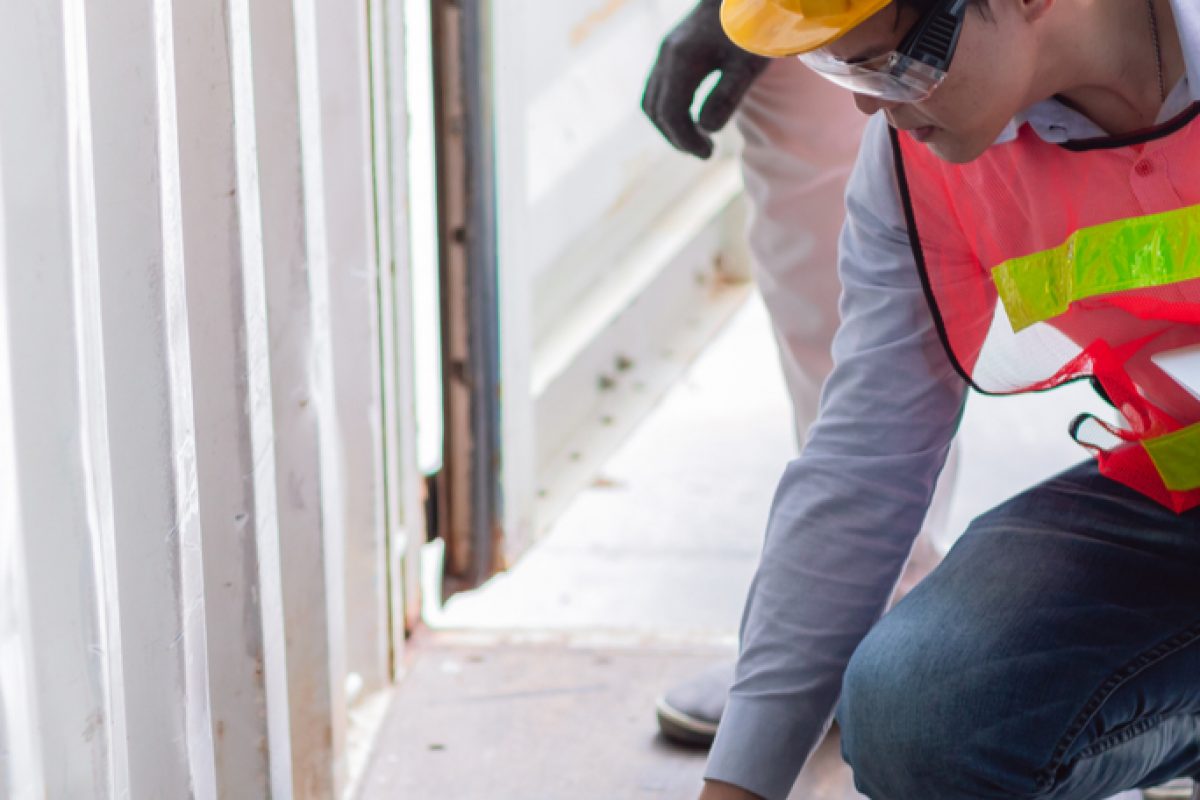
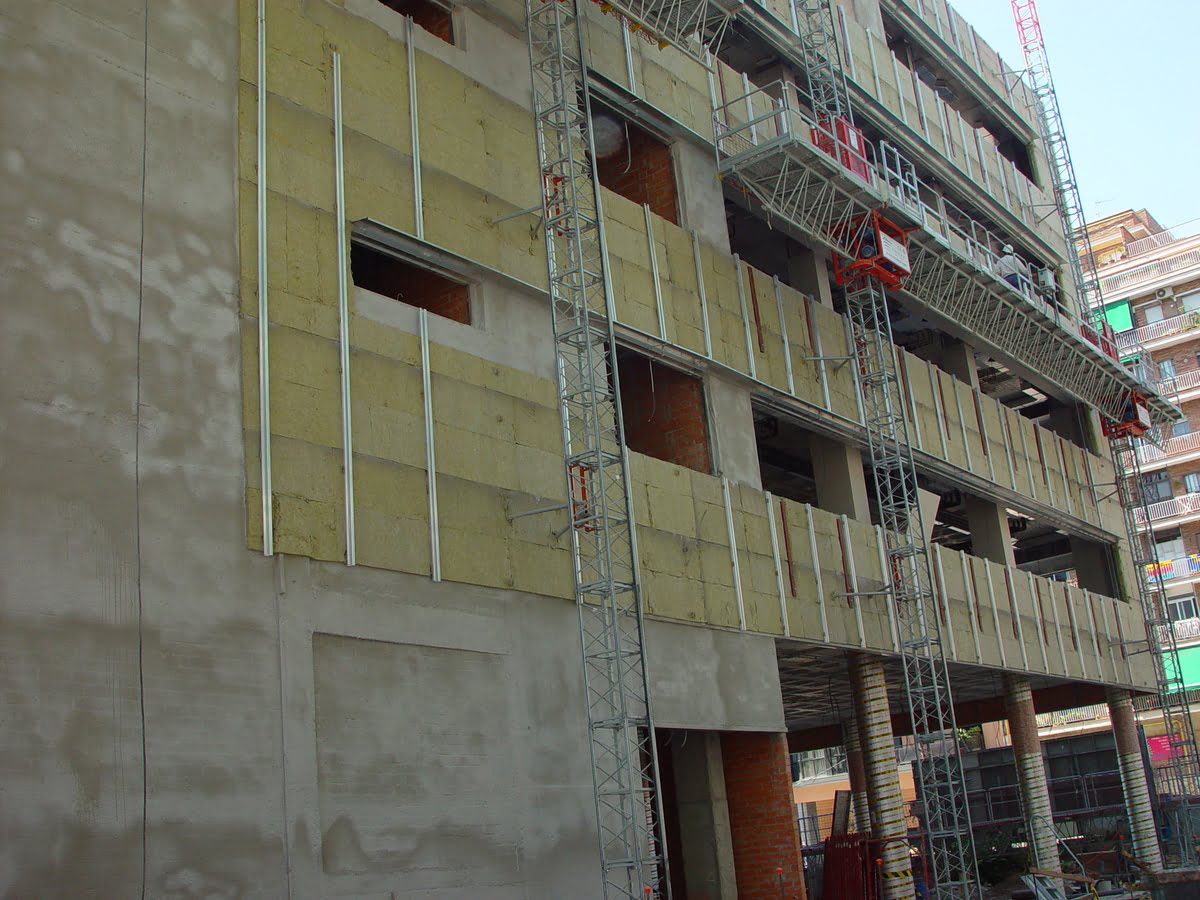
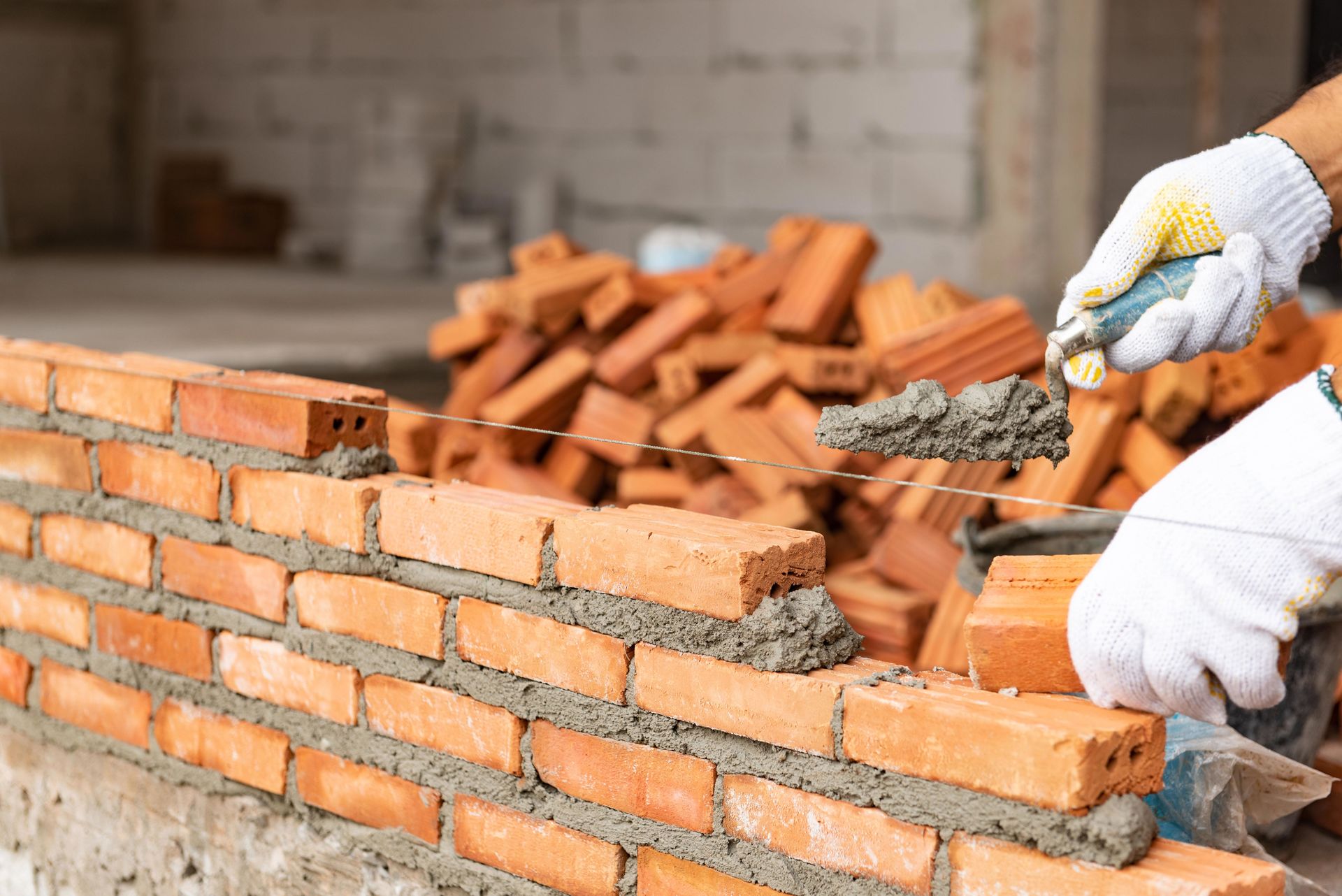

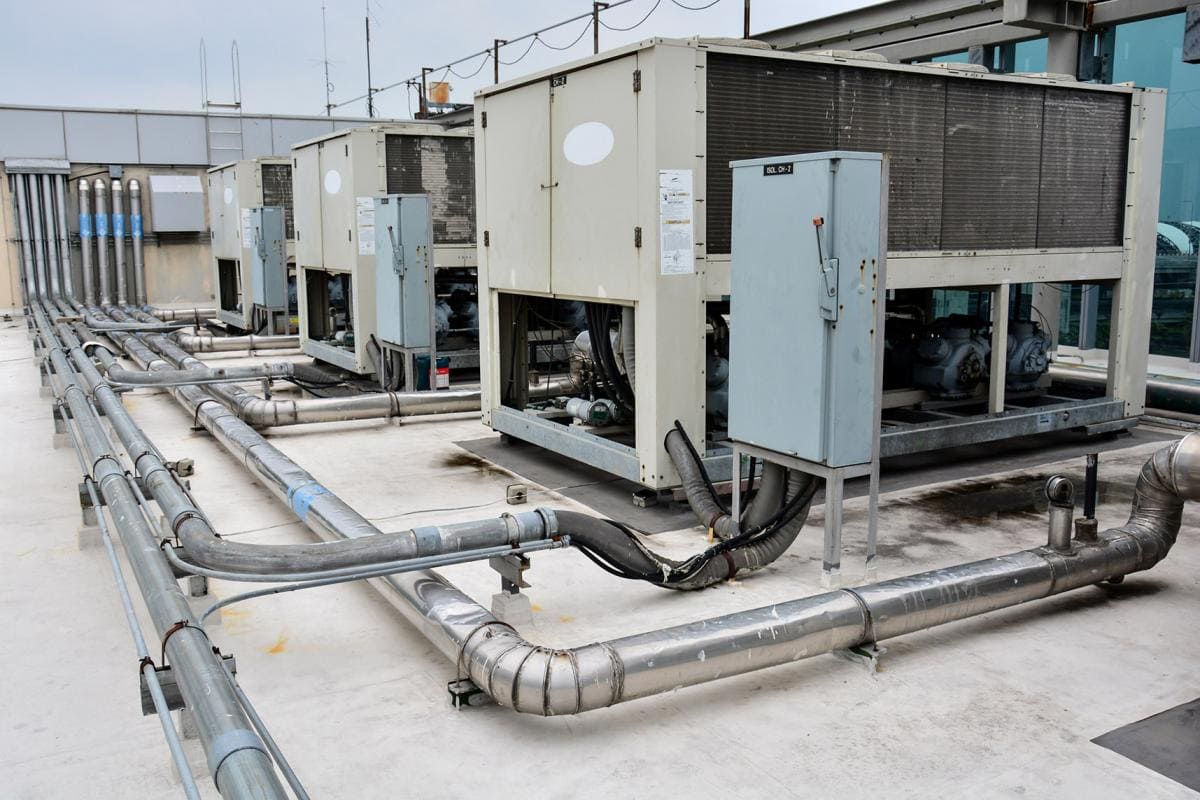
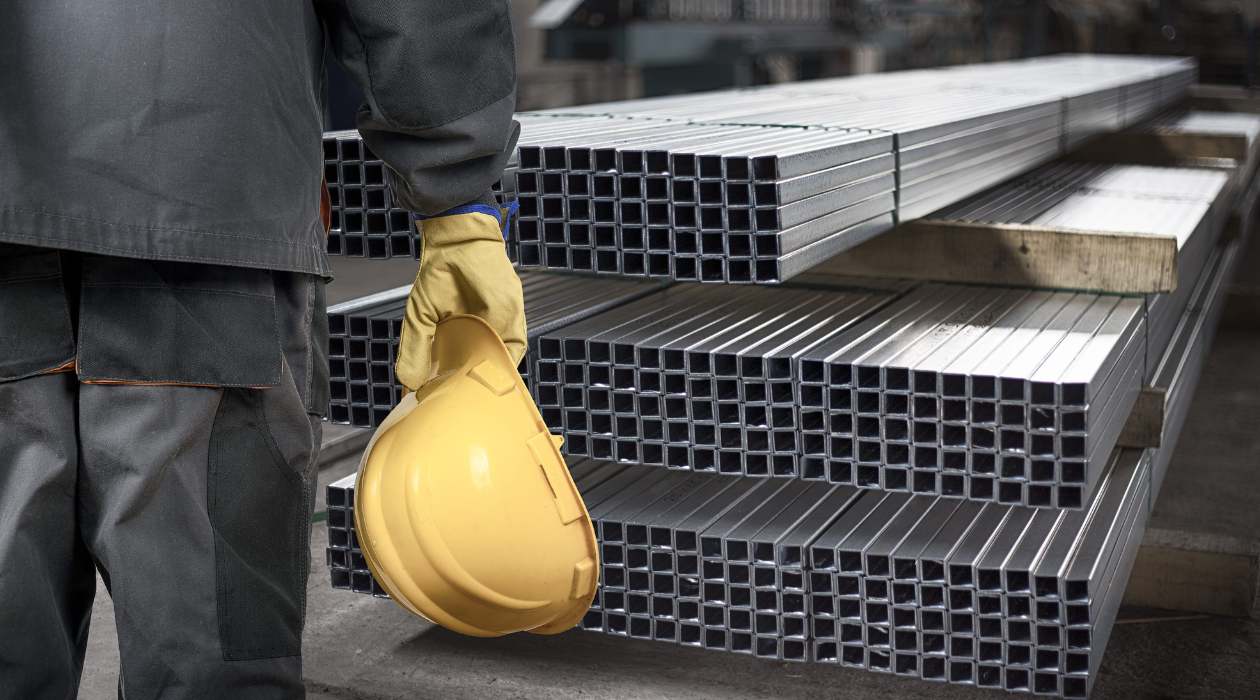
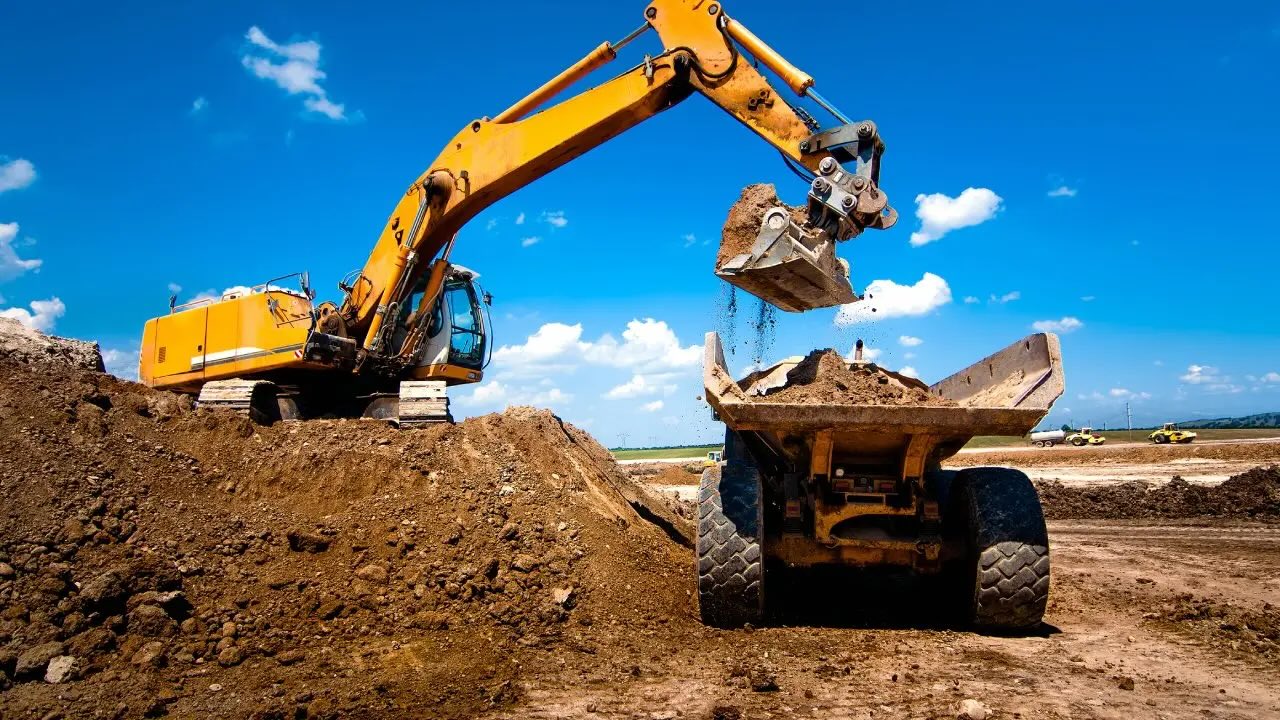
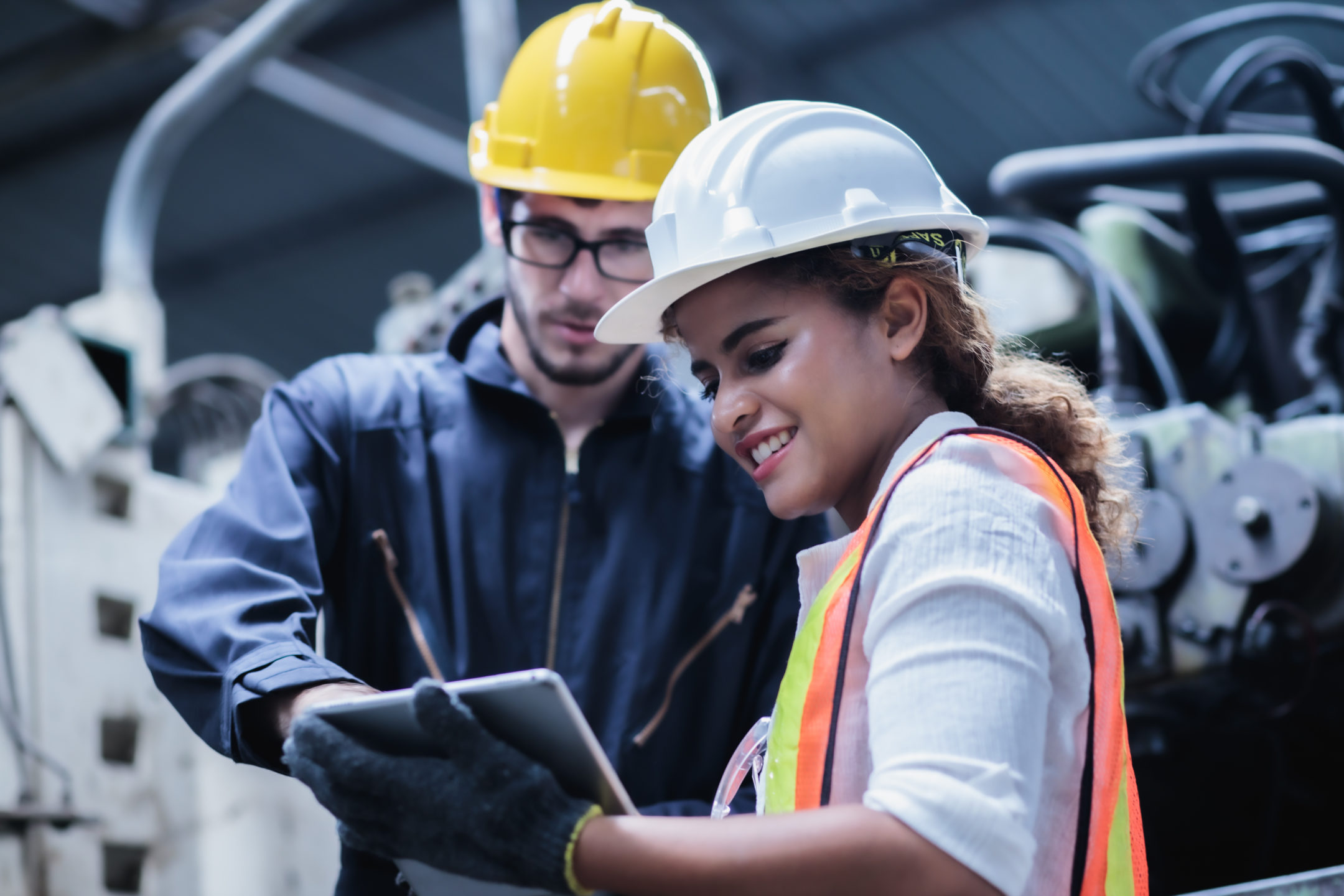
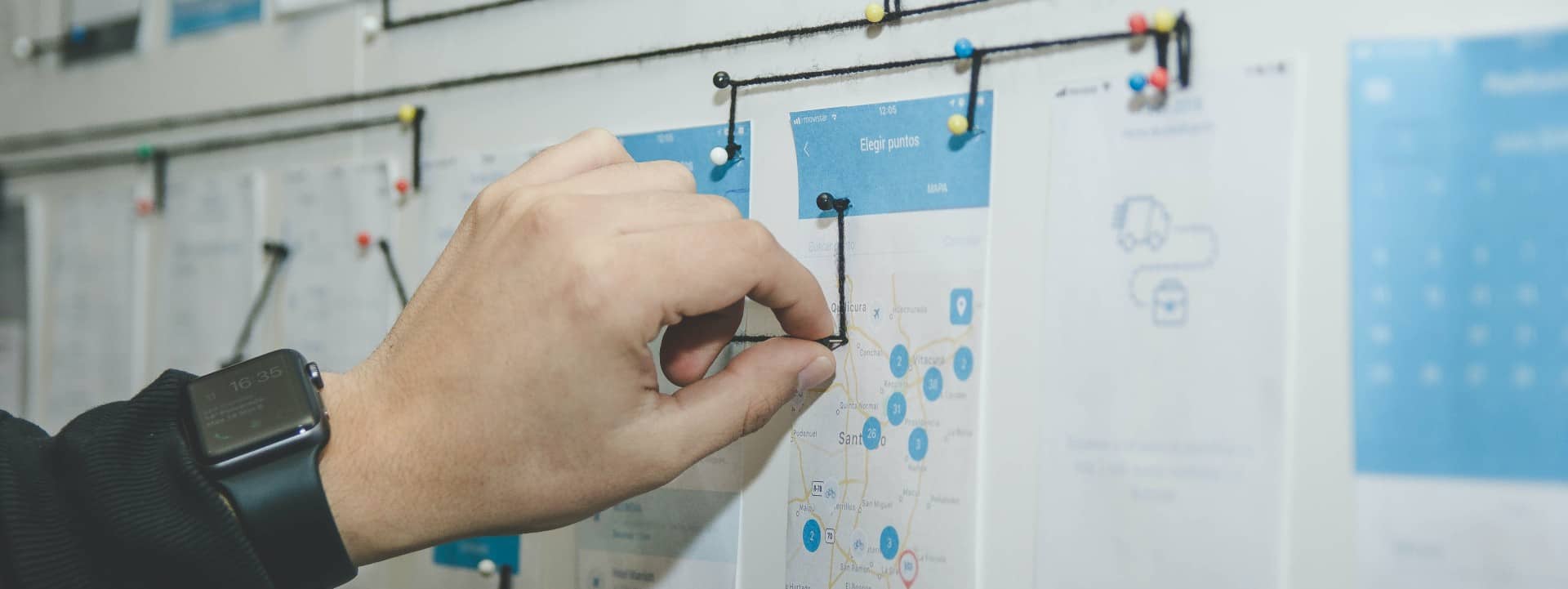
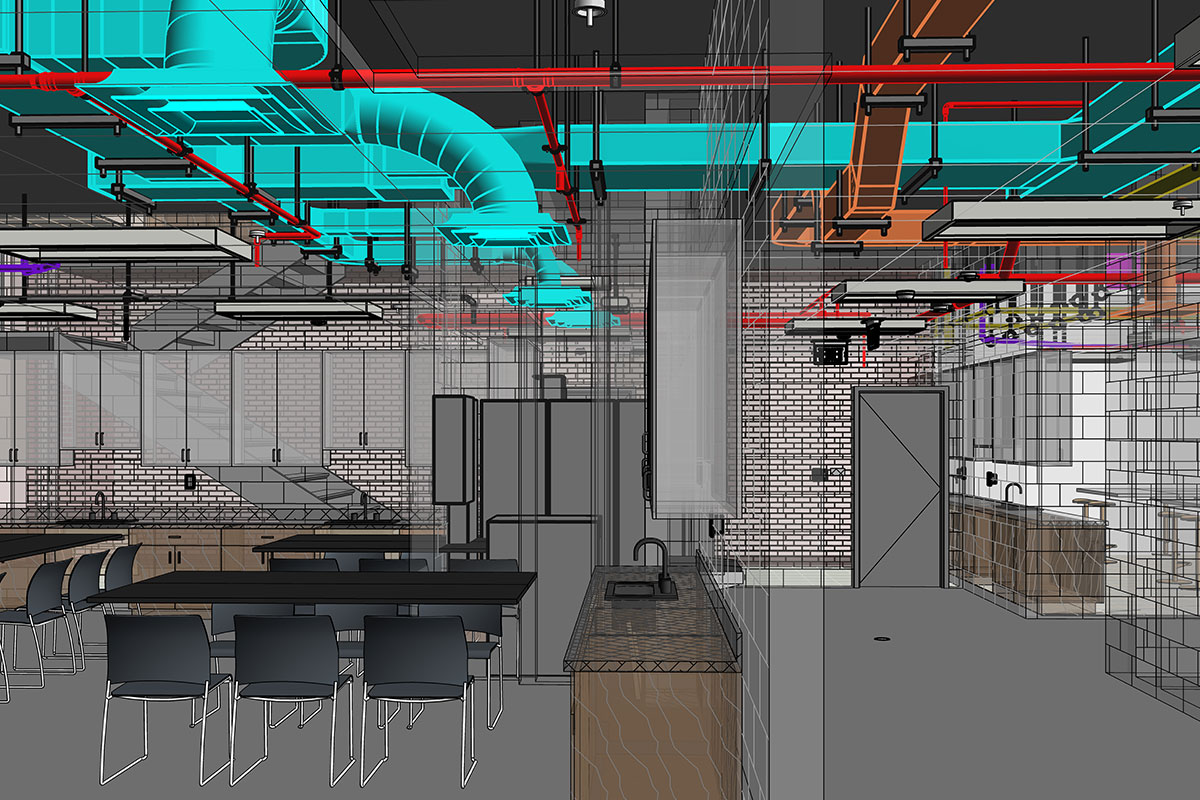
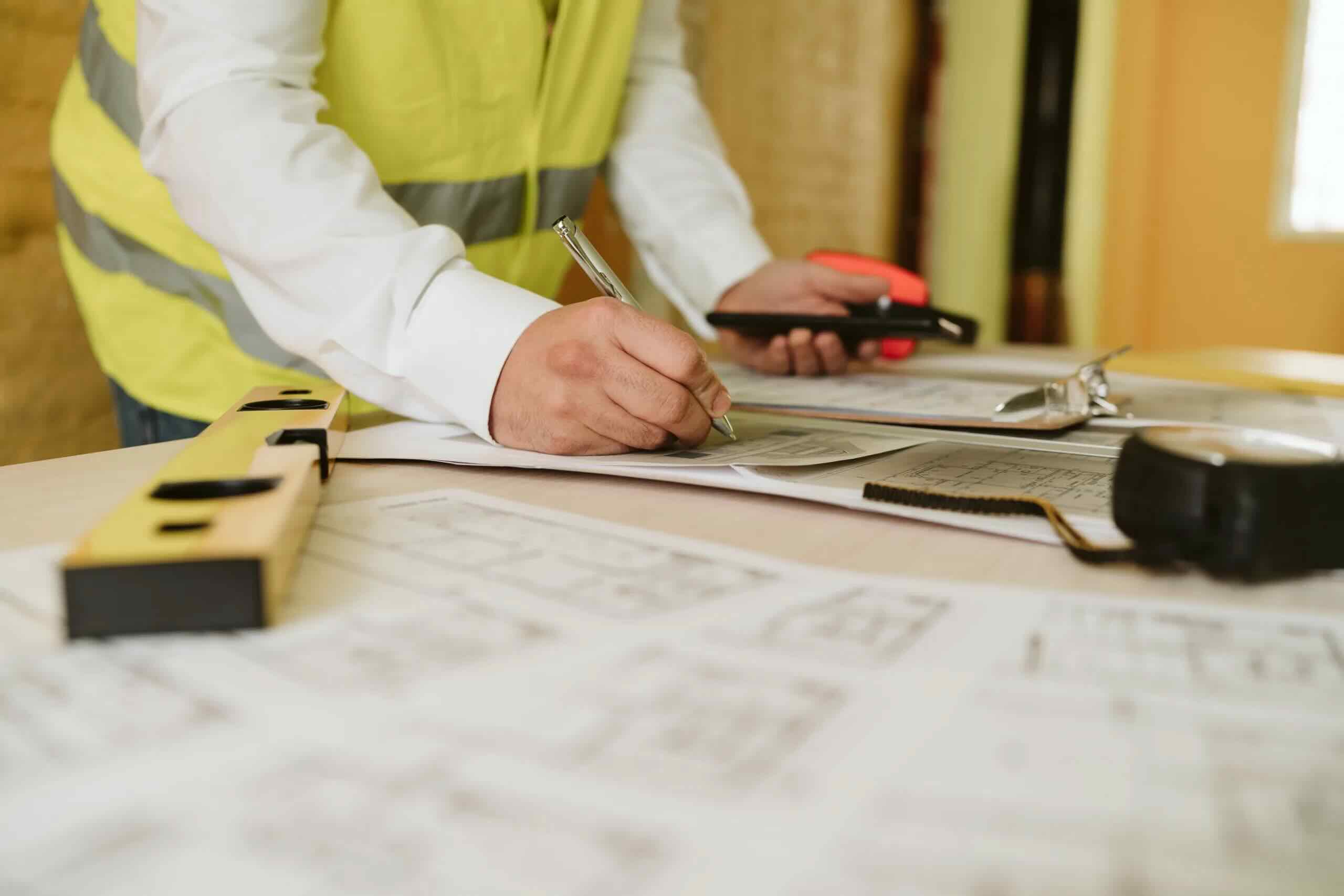
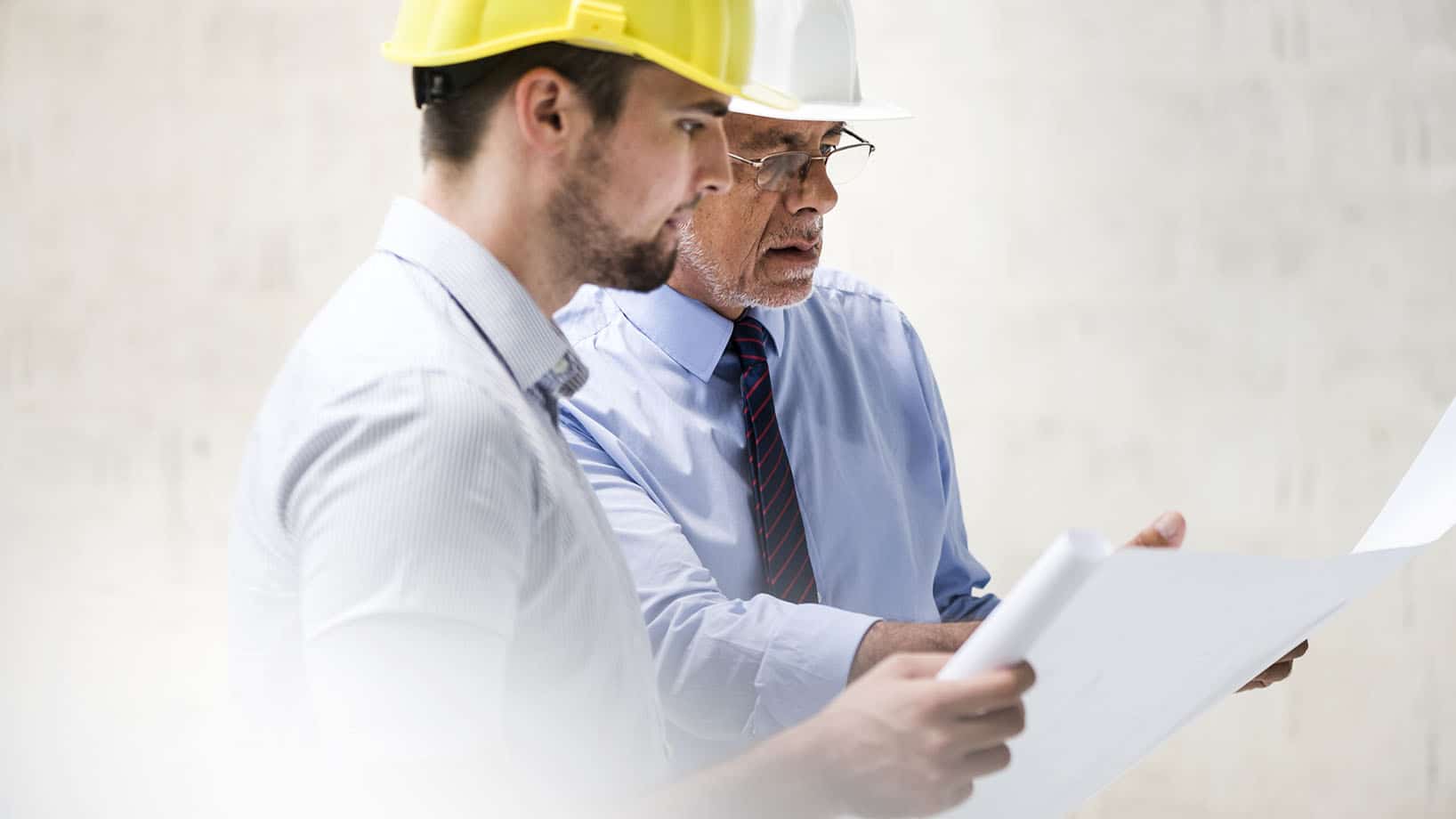
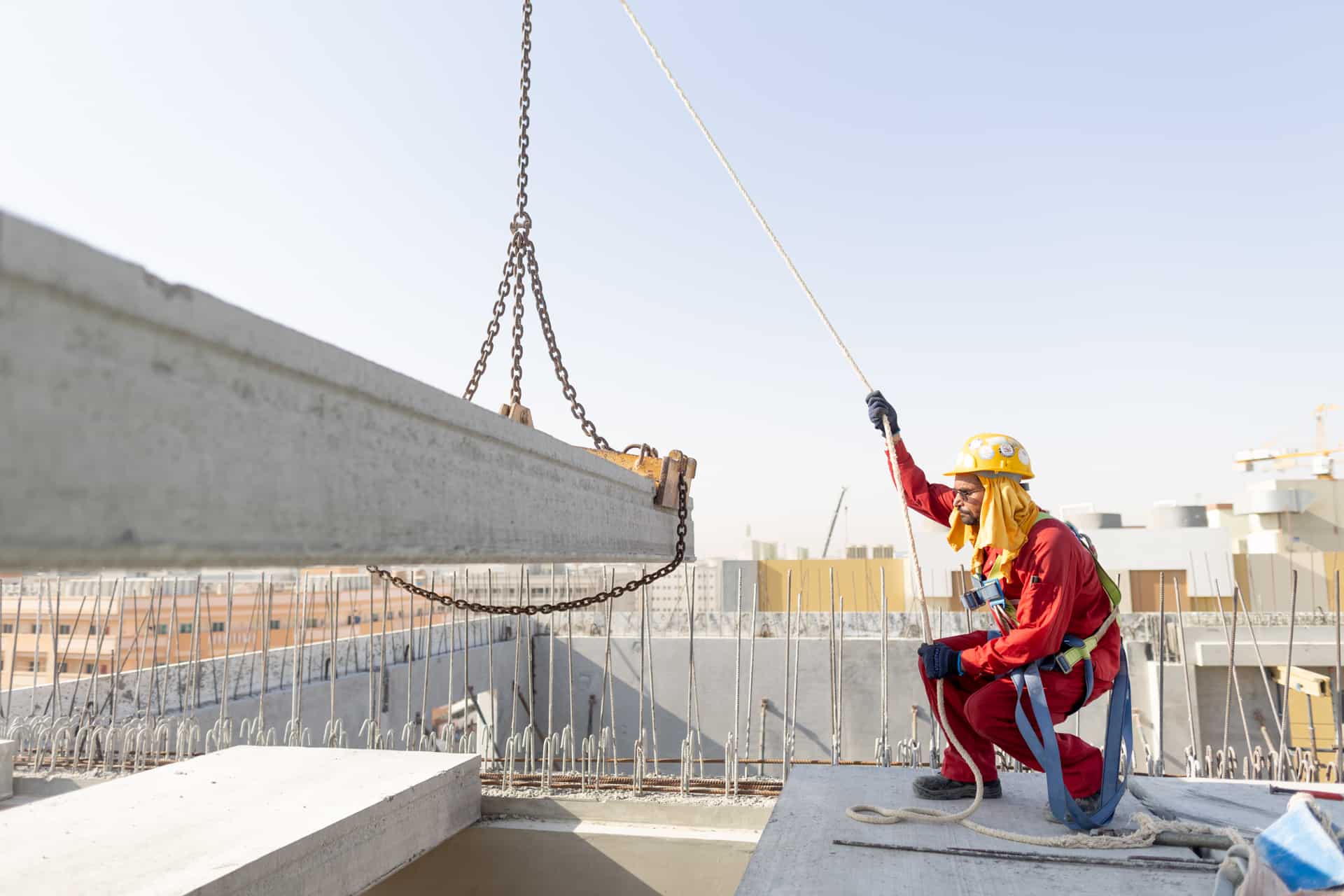
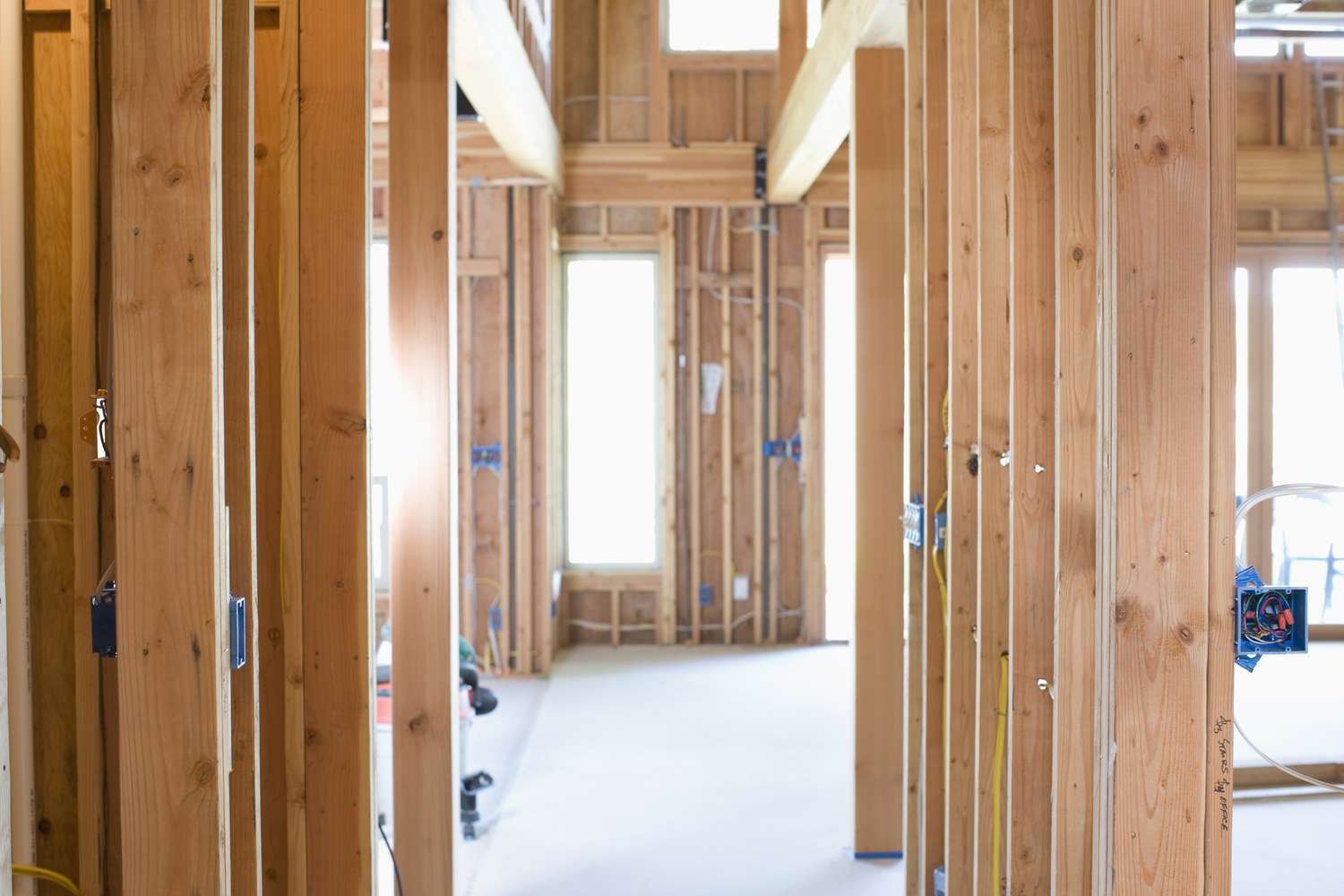

0 thoughts on “What Does Means And Methods Mean In Construction”